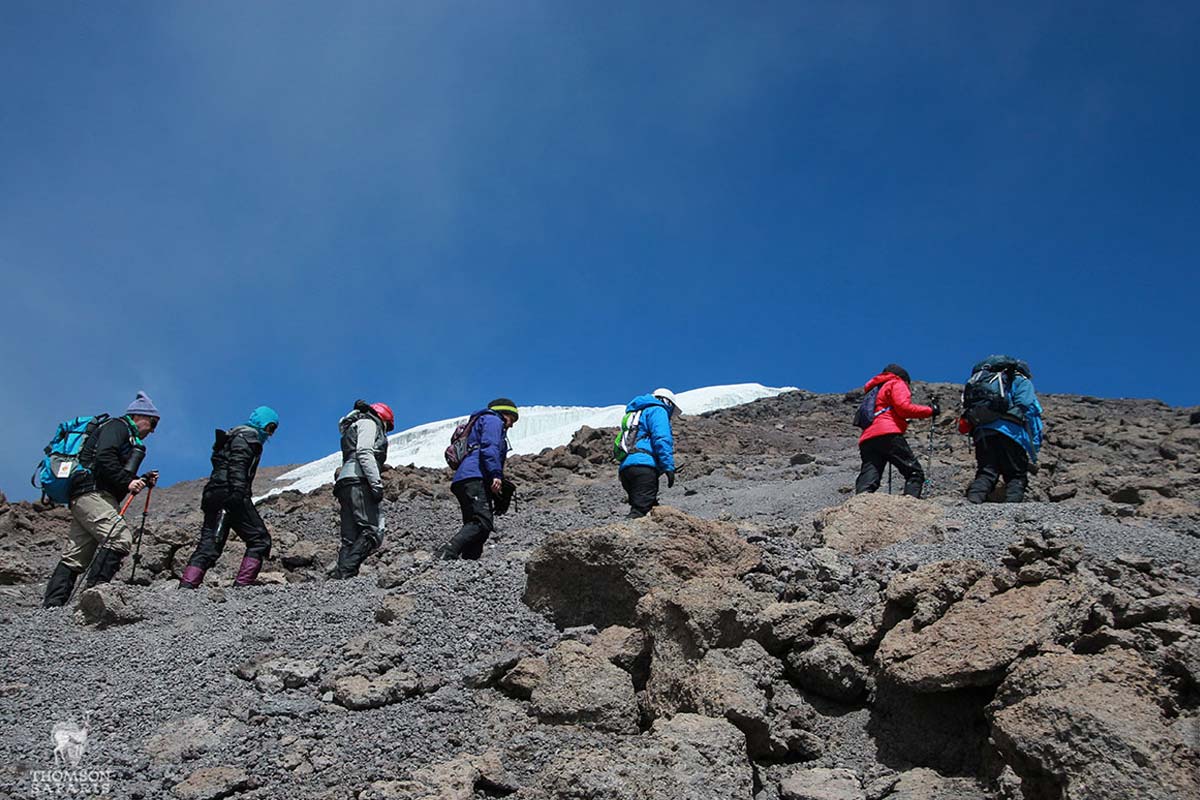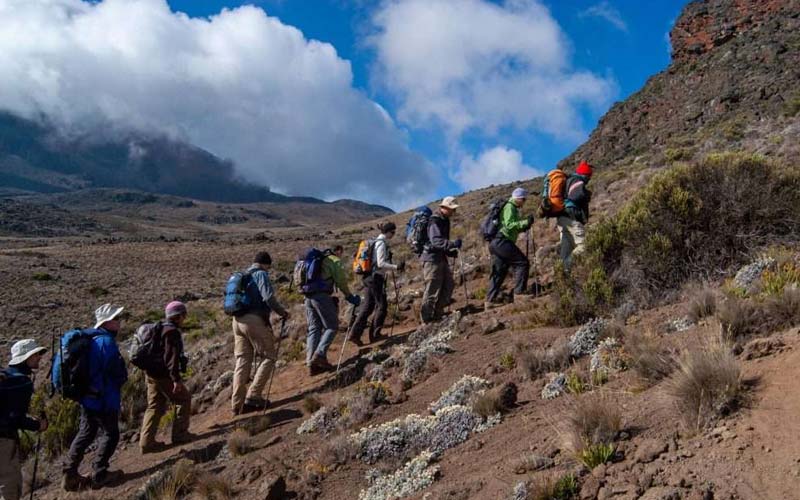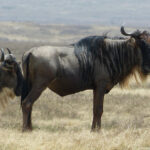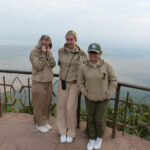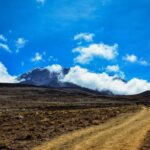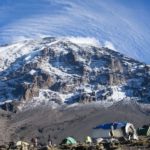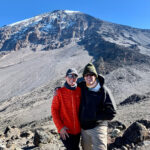Approximately 25% of novice climbers fail to reach Kilimanjaro’s summit due to inadequate acclimatization from shorter itineraries. With expertise since 2014, we guide climbers of all levels. Learn the ideal trip duration in this article.
Summary: Kilimanjaro climbs vary from 5 to 9 days; crater camping extends to 10. Beginners thrive on 7-day routes, while experienced hikers may opt for shorter 5 or 6-day options post-acclimatization.
Kilimanjaro stands out among the Seven Summits as one of the least time-consuming ascents. Comparatively, conquering Denali and Aconcagua necessitates at least 18 days, while Everest expeditions demand around two months. Puncak Jaya typically requires 10-11 days. In contrast, ascending Kilimanjaro can be accomplished in just about a week, making it a more accessible option for many climbers seeking a significant mountaineering achievement.
The shortest time to climb Kilimanjaro
The minimum duration for climbing Mount Kilimanjaro is regulated by the Kilimanjaro National Park Authority. Currently, it stands at five days for the Marangu and Rongai routes and six days for all other routes. While shorter climbs are not prohibited, climbers must adhere to these minimum durations and pay park fees accordingly, which constitute a significant portion of the total package cost. For instance, on a six-day Marangu route, park fees amount to $800 per person. Even if a climber completes the ascent in fewer days due to exceptional fitness and acclimatization, these fees remain unchanged. The durations set by the park authority are designed to ensure that climbers cover distances comfortably between camps each day while allowing for adequate acclimatization.
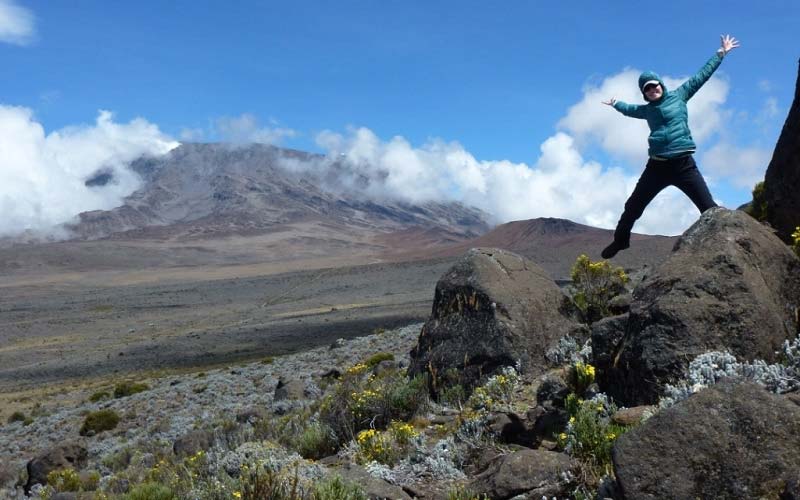
Longer routes provide better acclimatization
Beginners embarking on a Mount Kilimanjaro expedition should avoid shorter itineraries, as industry experience indicates the necessity for additional days to acclimate effectively. On average, hikers without prior mountain experience require seven days to acclimate adequately. It’s important to note that the duration of the Kilimanjaro trek includes two days for descent, which are not counted towards acclimatization. For instance, in a seven-day trek, climbers summit on the night of the fifth day, spend the sixth day descending and exit the park on the seventh. Thus, only five days are allocated for acclimatization.
What is acclimatization?

